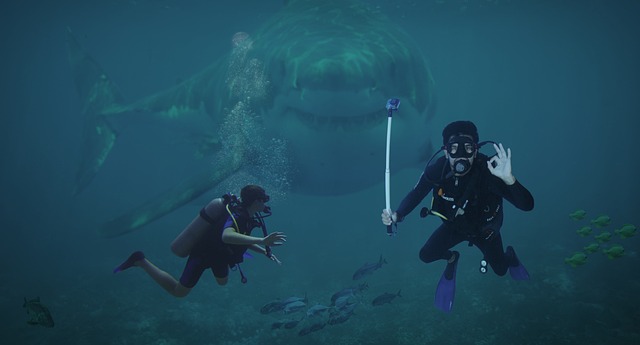Underwater photography is an incredible journey that allows you to capture the mesmerizing world beneath the waves. However, mastering the art of underwater photo composition requires a blend of technical knowledge and artistic vision. The unique challenges presented by underwater environments can seem daunting, but with the right techniques, your underwater photos can transform into stunning masterpieces.
First and foremost, understanding your camera’s capabilities is crucial. Whether you are using a DSLR, a mirrorless camera, or even a compact point-and-shoot, familiarizing yourself with your camera settings will significantly enhance your underwater photography experience. Each device comes with its own set of optics that can dramatically affect the outcome of your images. It’s essential to select a lens that suits your underwater subjects, as wide-angle lenses are often preferred for capturing expansive scenes filled with vibrant marine life.
When diving into underwater photography, remember that lighting plays a vital role. Water absorbs light differently than air, which can affect the colors and details in your photos. The deeper you go, the less light available, resulting in muted colors as you descend. To counteract this, consider using an external flash or strobe to illuminate your subjects, particularly in deeper waters. This not only enhances colors but also brings out the intricate details of the underwater world that might otherwise be lost.
Composition is key in any form of photography, and underwater images are no exception. Employing the rule of thirds can help create balanced and engaging photos. Imagine dividing your frame into three equal parts, both horizontally and vertically. Positioning your subject along these lines or their intersections can lead to more dynamic and visually appealing compositions. Additionally, don’t shy away from incorporating foreground elements to add depth and context to your underwater scenes.
Another essential aspect of composition is understanding your subject. Whether it’s a shy seahorse or a majestic turtle gliding past, patience is vital. At times, the key to obtaining the perfect underwater photo lies in waiting for the right moment. Using a slower shutter speed can help in capturing the graceful movements of marine creatures, creating beautiful, flowing images that convey a sense of life beneath the surface.
As you venture deeper into underwater photography, pay attention to the unique perspectives available to you. Shooting from below your subject can create an ethereal effect that highlights the interplay of light and water, while capturing the surface reflections adds an otherworldly quality to your photos. Each angle provides a different story, so experiment with various perspectives to showcase the underwater world’s beauty.
Finally, post-processing plays an important role in refining your underwater photos. Don’t hesitate to enhance colors, adjust exposure, or crop images to achieve your desired composition. Software like Adobe Lightroom or Photoshop can help you bring out the vibrant blues and greens of the ocean while correcting any color casts caused by the underwater conditions. Remember, the goal is to evoke the same feelings of awe and wonder that you experienced while capturing those images.
In summarizing the intricacies of underwater photography composition, it becomes clear that mastering this art form involves a harmonious blend of technical proficiency and creative expression. With time, practice, and a keen eye, you will find yourself capturing images that not only reflect the remarkable beauty of the underwater realm but also convey the emotion and connection you have with this mesmerizing environment. So grab your camera, dive in, and let your passion for underwater photography guide you to new depths of creativity!



